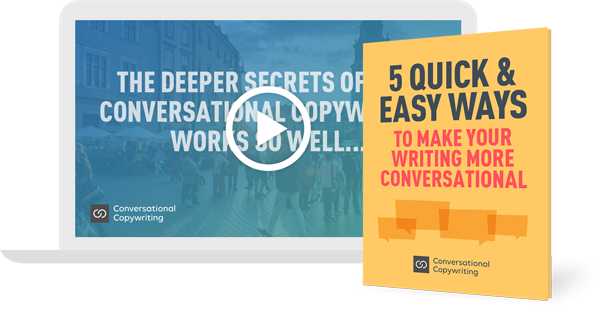
If you think about traditional digital marketing, almost all the marketing materials and content are created by the company or organization.
Copywriters are hired to write Facebook ads and Google ads, email sequences, landing pages, sales pages, shopping carts, and more.
On the content side, writers are tasked with writing articles, blog posts, newsletter issues, social media posts, and so on.
A typical launch package comprises many thousands of words of professionally written copy and content.
As for the customers or audience… in the traditional marketing model, they are rarely required to write anything at all. Although a comment on a Facebook post is nice to see from time to time.
Web 3 turns this on its head…
Tease apart the elements of a Web 3 project launch and you’ll find a very different picture.
To launch a new NFT project, for example, the team will almost totally ignore the traditional, Web 2 playbook.
The bulk of the marketing content isn’t created by the marketing team. It’s created by the community that is growing up around news of the project’s launch.
In fact, most of the “marketing copy” that is created pre and post-launch is written by members of the community.
Sure, the team will have created a simple website. The website is there to describe the project, answer questions, share a roadmap and display a button for people to click when they want to mint one of the NFTs.
But the website is, for the most part, a passive place. It’s simply functional. It’s a small player in the drama of an NFT launch.
The same goes for other elements of a typical launch, like email. Some projects may collect email addresses and send out a few emails. But I’ve yet to see a fully-fledged email marketing program of the type I’m familiar with in the Web 2 world.
Where is all this community content?
You’ll find the bulk of a project’s content in just two places – Twitter and Discord.
The team will put a ton of early effort into growing the audience on Twitter. It’s a 24/7 job… posting an endless stream of content, following and engaging with influencers, encouraging people to comment and follow… and so on.
The next part of the process is to encourage your Twitter followers to sign up for your Discord server.
It’s there, on Discord, that the bulk of the content will be created. This is where your community will engage with each other, and with your team.
As the Discord community grows, more and more channels will be created, providing people with more granular spaces in which too hold conversations about the project.
It’s here, pre and post-launch, that the language of the project will be defined.
The tone and character of the language will be conversational, because that’s what the members of the Discord server are doing… they’re having conversations.
The voice of the community then informs the language of the project.
A smart team will pick up on how their community writes and talks about the project. Then they’ll begin to mirror the same tone and character of language in the project’s more formal marketing materials.
They’ll edit the copy on the homepage to better reflect the conversational tone of their community. Same for emails, and their newsletter if they have one.
Put simply, the copy and content you see being published by a Web 3 project has been formed and directed as much by the community as it has by the marketing team.
As a result, the tone is always conversational.
Next steps?
I’ve been writing about conversational copywriting for over a decade now, and I’ve been teaching it for over 5 years.
And now, with the rise of Web 3, I feel like standing tall and saying…
“THIS is what I’ve been trying to say all these years!”
If you’re excited by the world of Web 3 and NFTs, and you want to work in this space as a copywriter or content writer, step one is to develop your conversational copywriting skills.
You can do this by taking my course on Conversational Copywriting.
Yes, the bulk of the course materials were created before the dramatic rise of Web 3 we’ve seen over the last 18 months. But everything I’ve been teaching for Web 2 copywriting applies just as well to Web 3.
In fact, as I mentioned, in some ways my course was created in anticipation of the rise of Web 3!
